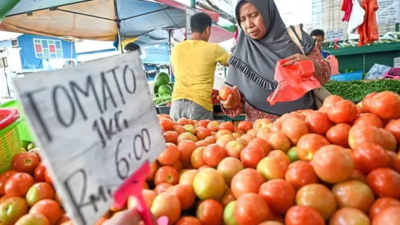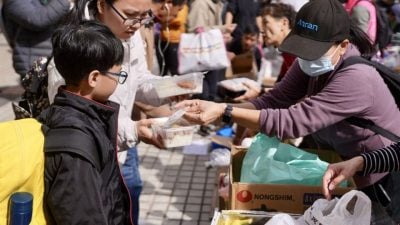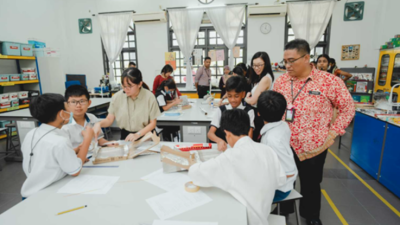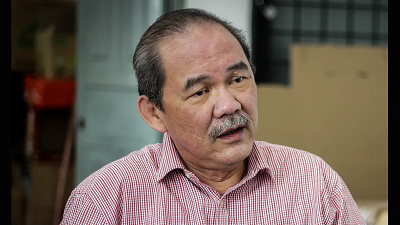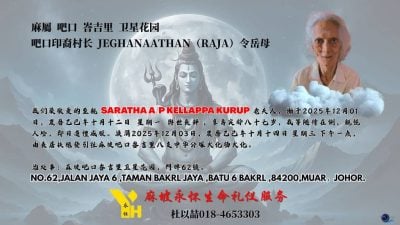Durian – hailed as the “king of fruits” in parts of the world – is an edible delicacy from the Durio genus.
With over 30 identified species and nine of them producing edible fruit, Durio zibethinus leads the pack.
This species, native to Borneo and Sumatra, has a staggering 300 varieties in Thailand and 100 in Malaysia, and remains the sole one on the international market.
Renowned for its formidable size, penetrating odor and thorny rind, the durian is unique in the fruit kingdom.
It can reach up to 30 centimeters in length, 15 centimeters in diameter, and weigh up to 3 kg.
The fruit’s physical attributes are as diverse as the opinions about its aroma; its husk’s color ranges from green to brown, and its flesh from pale yellow to red.
The durian fruit elicits strong reactions from those who encounter it.
Its unique scent is either adored or abhorred. Some people find it intoxicatingly sweet, while others recoil from its robust aroma.
British naturalist Alfred Russel Wallace in the 19th century characterized its flavor as akin to “a rich custard highly flavored with almonds.”
This contentious fruit holds a pivotal role in Southeast Asian gastronomy, infusing both savory and sweet dishes with its distinctive taste.
Remarkably, even its seeds find their way into regional culinary creations after a good cooking.
One man well acquainted with the intricacies of this unique fruit is Choeun Kimseng, a 42-year-old Cambodian durian farmer.
Kimseng, a holder of a master’s degree in agriculture from France and a teacher at the Royal University of Phnom Penh, has a three hectare durian plantation in Bek Anloung, Kampong Cham province’s Stung Trang district.
“This plant is sensitive to weather changes such as excessive rain, dryness and varied types of insects, which requires constant monitoring. This helps maintain its high market price,” he explains.
Kimseng’s plantation thrives on the Monthong variety of durian imported from Thailand, a fruit he describes as distinct from other crops.
He insists that durian demands vigilant attention and care due to its susceptibility to weather and pests, and its need for agricultural fertilizer for strength and disease resistance.
“With extreme rain, dryness or moisture, and changing weather, my durian trees encounter problems. Various insects also emerge with the changing weather,” Kimseng notes.
The fruits of Kimseng’s labor gradually emerge when the durian tree reaches four years and become fully fruitful by six years.
The difficulty in maintaining durian trees, compared to other crops like rambutan, ensures their market price remains high.
He believes that Cambodia’s durian growing history is rooted in its ancestors, noting that the popular Musang King variety from Malaysia is prevalent in Singapore and China.
Kimseng’s 15 years of experience growing durians have equipped him with the necessary knowledge to navigate the durian farming landscape.
“Even if the seed is purchased from another country, once it’s grown in Cambodia, it yields an incredibly delicious fruit due to the quality of our soil,” he shares.
He cultivates his durians to bear between 80 to 120 fruits per tree in their younger years, but limits the yield to 40 to 50 fruits when the tree reaches six to seven years of age to preserve the tree’s strength.
Market dynamics play a significant role in durian farming.
“It depends on the season. I can sell at high prices if the fruit ripens in April or May. However, prices start to decline from June due to an influx of imports from neighboring countries,” he observes.
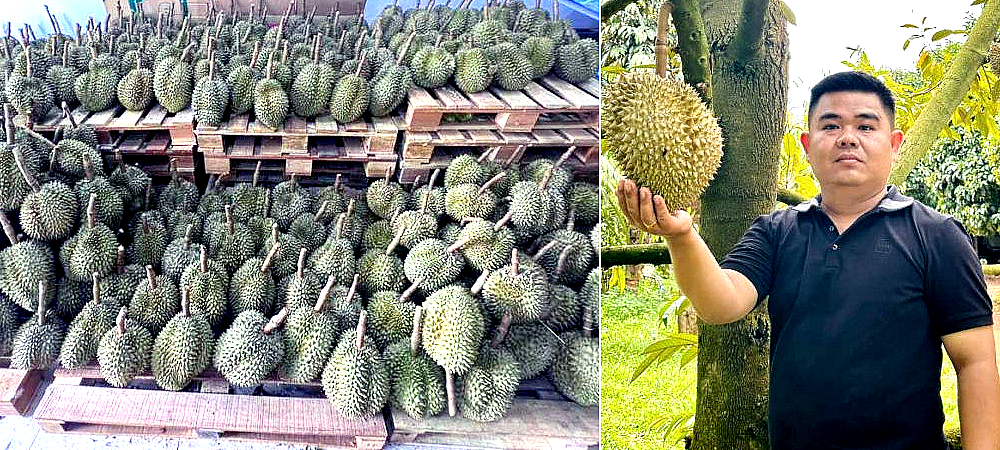
Kimseng shares that despite high production costs and competition from imports, his customers remain loyal to the delicious taste of Cambodian durian, selling at 28,000 riel per kg.
The success of durian farming is also reliant on fertile soil, found in Kampong Cham, Samlot district of Battambang province, Tbong Khmum, Kampot and Preah Sihanouk province, according to Kimseng.
However, he warns: “The durian plantation will face issues in the future if we continue planting without technical support.
Durian stands second after cashew nuts in cultivation, and even in Svay Rieng province, there is also durian cultivation.”
Sim Tha Virak, director of the Kampong Cham provincial Department of Agriculture, Forestry and Fisheries, notes that there are currently over 800 hectares of durian plantations in Kampong Cham, yielding about 6 to 7 tons per hectare.
He affirms Kimseng’s sentiments, stressing that durian farming necessitates significant capital and care.
The department provides training to durian farmers, mostly in Stung Trang and Chamkar Leu districts in Kampong Cham province, as they predominantly grow the Manthong variety, a foreign species.
“Durian farming is undoubtedly a challenging endeavor,” Tha Virak admits.
He notes the demanding nature of durian cultivation as one of the reasons why this fruit retains its high market value.
He also expresses hope that the ongoing training programs will provide Cambodian farmers with the knowledge and tools they need to successfully navigate these challenges.
On a related note, Kimseng is not just a farmer – he’s also an advocate for Cambodian durians.
He is of the firm belief that even though durian varieties like Monthong and Chhunny – known as Sony in Kampot province – originate from Thailand, once grown on Cambodian soil, they acquire a unique, superior taste.
“We do not have clear documentation about these two types, whether they are originally from Thailand or Cambodia. Yet Cambodia has had a history of growing durian since the time of our ancestors,” he asserts.
He also mentions the Musang King variety, originating from Malaysia, which is now sought-after in Singapore and China.
While there are no clear documents tracing the original roots of this variety either, he states with confidence that durians have a long-standing history in Cambodia.
Kimseng’s faith in the Cambodian durian’s exceptional taste is unshakable.
“When the seed is grown here, regardless of its foreign origin, it develops a remarkable taste that outshines its overseas counterparts.”
Kimseng’s wealth of experience is not just limited to durian cultivation. He also applies his knowledge to the nurturing of seedlings in the Samlot district of Battambang province.
Over the years, he’s developed an understanding that the very soil that feeds the seedlings is a significant contributor to the unique taste of Cambodian durians.
“Our land quality gives the fruit a distinctive, delicious taste. Unlike Thailand, which has been cultivating durian for 50 to 60 years, our soil retains its quality, thus giving our durians a superior taste,” he says.
Despite his wealth of knowledge and experience, Kimseng acknowledges the challenges he faces in the durian market.
His concerns lie not only with the seasonal fluctuations in the fruit’s prices but also with the import of durians from neighboring countries, leading to intense competition.
“Khmer farmers are grappling with high costs and need to compete with imported durians from our neighboring country,” he explains.
Yet his loyal customers keep coming back, drawn by the unique and superior taste of his Cambodian durians, which he sells at 28,000 riel per kg.
Reflecting on the future, Kimseng is not without concerns.
While his plantation is not extensive, he cautions that without technical support, durian cultivation could face issues.
“Even though durian stands second after cashew nuts in cultivation, we should not continue planting without appropriate support and techniques.
“There is also durian cultivation in Svay Rieng province, and it’s critical that we prepare for the challenges that may arise,” he says.
The journey of the durian from a thorny, odorous fruit to a prized agricultural product is testament to the resilience and dedication of farmers like Kimseng.
He and his fellow durian farmers are helping to solidify Cambodia’s place on the world’s durian map, one fruit at a time.
They are showing the world that the “king of fruits” – with all its peculiarities – is worth all the attention and intrigue it commands.
ADVERTISEMENT
ADVERTISEMENT







